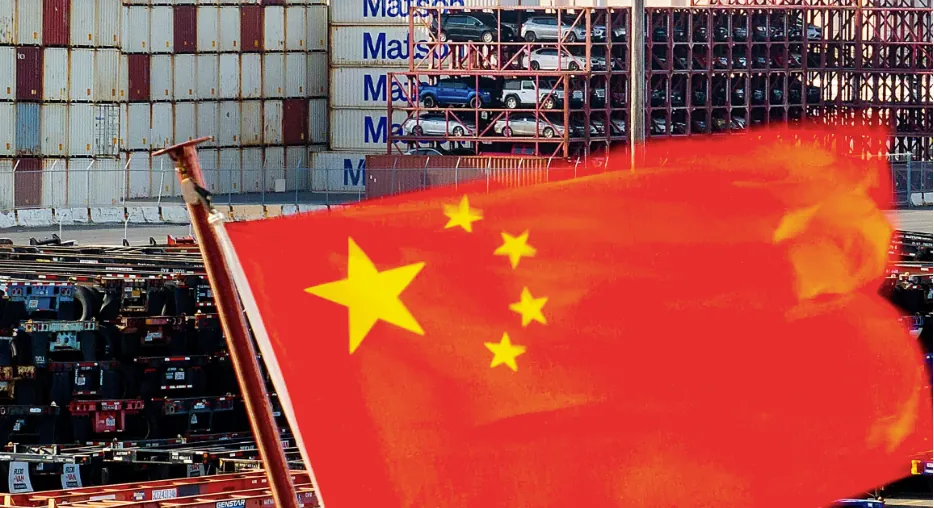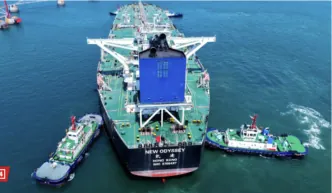The United States has announced plans to introduce port fees on Chinese ships, aiming to boost American shipbuilding and counter China’s stronghold on the global shipping industry.
President Donald Trump has escalated a broad trade war with China. While his administration frames it as an effort to revive domestic manufacturing, critics and many economists warn it could spark a global recession and push up consumer prices.
According to a notice from the US Trade Representative (USTR) published Thursday in the Federal Register notice, Chinese-built and -owned vessels docking at US ports will be charged fees based on their net tonnage or the amount of goods they carry per trip.
The fees will take effect in about 180 days and will be phased in gradually. The USTR also noted the charges could increase in the future.
This move marks a shift from a February proposal that suggested fees of up to $1.5 million per port visit for China-built ships, a plan that sparked intense backlash from the shipping industry, Reuters reported.
“Ships and shipping are vital to American economic security and the free flow of commerce,” said US Trade Representative Jamieson Greer.
“The Trump administration’s actions will begin to reverse Chinese dominance, address threats to the US supply chain, and send a demand signal for US-built ships.”
Beijing strongly criticized the US decision.
“China is strongly dissatisfied and firmly opposed to this,” China’s Commerce Ministry said in a statement Friday. “China will closely follow the relevant developments of the US and will resolutely take necessary measures to safeguard its own rights and interests.”
At a press briefing, China’s Foreign Ministry spokesperson Lin Jian described the port fees and additional tariffs on port equipment as harmful.
“It not only raises global shipping costs and disrupts the stability of the global industry but also increases inflation pressures in the US, harming the interests of American consumers and businesses,” he said. Lin added the measures would “eventually fail to revitalize the US shipbuilding industry.”
Starting October 14, Chinese-owned and operated vessels will pay $50 per net ton, with the rate increasing by $30 annually for the next three years.
For ships built in China but owned by non-Chinese entities, the charge will be $18 per net ton, rising by $5 each year over the same period.
These new levies come amid escalating trade tensions between the US and China. Trump has already imposed combined tariffs of 145% on Chinese goods, while China has responded with 125% duties on US exports.
Speaking at the White House Thursday, Trump hinted at a possible pause in further tariff increases—something China has previously labeled as a “meaningless” numbers game.
“I don’t want them to go higher because at a certain point you make it where people don’t buy,” he said.
China, for its part, has stated it has no intention of increasing tariffs beyond the current levels.
Trump also mentioned his desire to negotiate trade deals with countries around the world, including China. He confirmed that discussions with Chinese officials are underway.
A source familiar with Beijing’s position said China is open to talks, but emphasized they must be based on “respect,” “consistency,” and “reciprocity” from the US.














